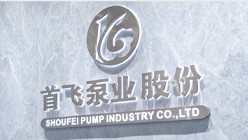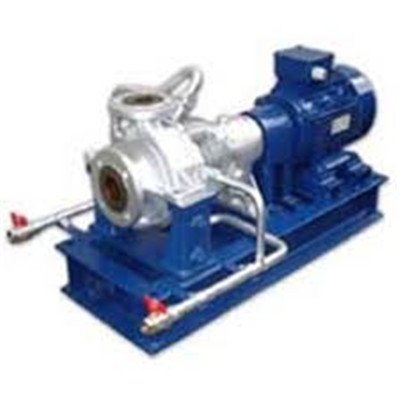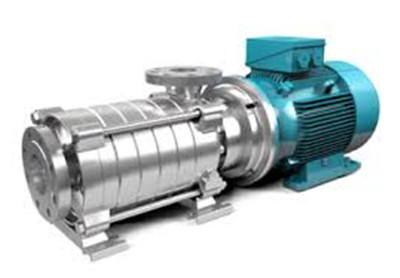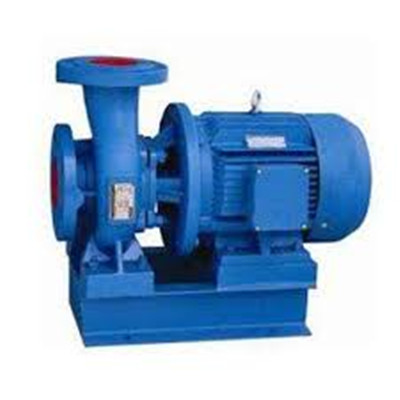How to install horizontal inline centrifugal pump
Installing a horizontal inline centrifugal pump is not as difficult as you might think. In fact, the entire process can be completed in just a few simple steps. Here’s what you need to do:
1. Gather all of the necessary materials and tools.
2. Cut a hole in the floor for the pump to sit in.
3. Place the pump into the hole and secure it in place.
4. Connect the suction and discharge lines to the appropriate ports on the pump.
5. Fill the pump with water and prime it according to the manufacturer’s instructions.
6. Turn on the power to the pump and allow it to come up to full speed.
Common problems and solutions of horizontal inline centrifugal pump
A centrifugal pump is a type of mechanical device that helps move fluids or gases by spinning them at very high speeds. Centrifugal pumps are used in everything from small household appliances to large industrial machines, and they come in a variety of different shapes and sizes.
Despite their widespread use, centrifugal pumps can sometimes experience problems. In this article, we’ll take a look at some of the most common problems associated with centrifugal pumps, as well as their possible solutions.
One of the most common problems associated with centrifugal pumps is cavitation. Cavitation occurs when the fluid being pumped contains too much air, and it can cause serious damage to the pump. To prevent cavitation, it’s important to make sure that the fluid being pumped is properly aerated before it enters the pump.
Another common problem with centrifugal pumps is called “pump stalling.” Pump stalling occurs when the fluid being pumped is too thick or viscous for the pump to handle. This can often be solved by simply increasing the speed of the pump, but it can also be caused by a build-up of debris
- vibration: check for proper alignment and foundation, check for loose parts
- noise: check for air in the system, check for proper alignment
- leaks: check for loose parts, check seals and gaskets






















